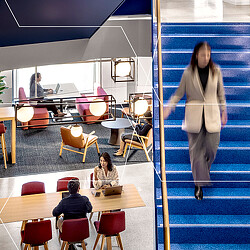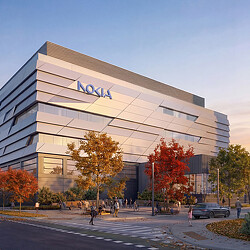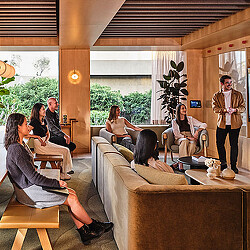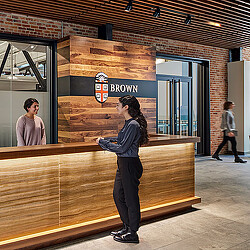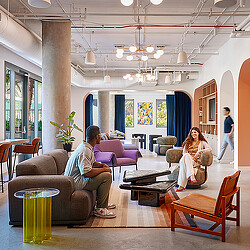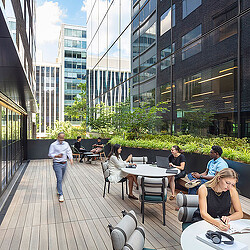The Future of Real Estate Metrics: Human Connection
The places that thrive in the years ahead will be designed to build relationships, inspire belonging, and foster togetherness.
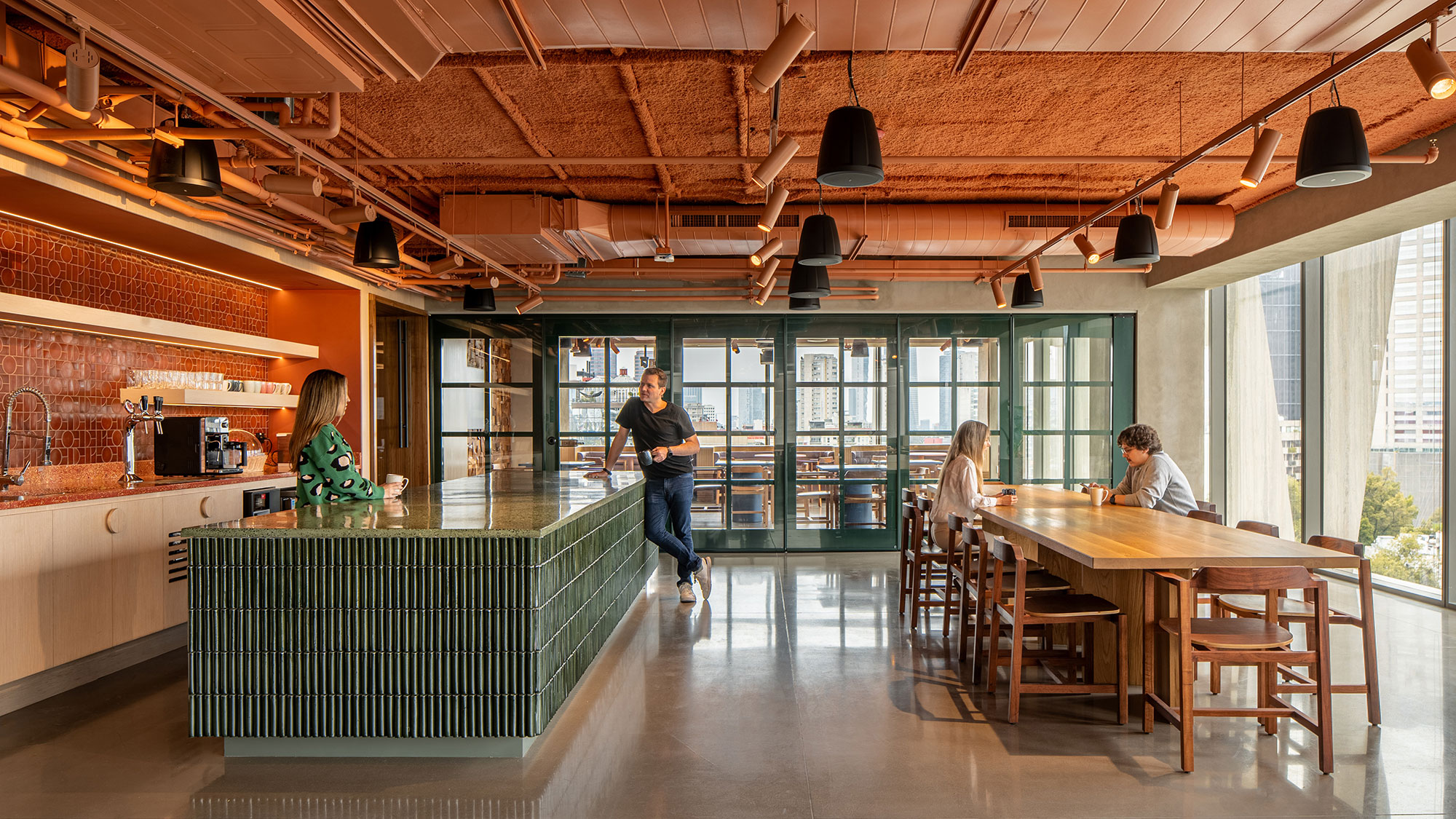
For decades, we’ve relied on traditional metrics to assess asset performance: square footage, location quality, occupancy rates, and revenue per square foot. These benchmarks are still relevant, but they no longer tell the full story.
Today, real estate is shifting from static assets to dynamic settings for experience. Buildings are being evaluated not just on physical attributes, but on how well they support new ways of working, living, and engaging. It’s the sense of belonging that differentiates one place from another. Connection — not capacity — has become an important indicator of whether a place thrives. These are difficult metrics to put on a spreadsheet, but focusing on certain intangibles can have a materially tangible impact on value.
Metrics Reshaping Asset Valuation
The most valuable assets today are not just occupied, they are engaged. Real estate is evolving from a static investment into a living asset, one defined by its ability to adapt and create meaning for the people it serves. The question is shifting from “How full is the building?” to “How well is it working for those inside?”
Metrics like user sentiment, amenity engagement, optionality, and tenant well-being are tangible indicators of human connection. By capturing user sentiment, preferences, and lived experience, not just utilization, owners gain a richer understanding of performance. These people-centered insights reveal what drives loyalty, productivity, and long-term value.
Experience has become a true value driver. Properties that blend wellness, hospitality, and technology integration consistently command premium rents and stronger retention. When owners track amenity engagement and evolve offerings in response, they reinforce the emotional connection that makes people stay.
Optionality is another hallmark of real estate value. In a world of shifting demand, assets that can pivot between uses — office to residential, hospitality to coworking — are better positioned to thrive. Small-scale pilots and adaptive reuse help owners stay ahead of market shifts while deepening relevance for diverse users.
And operational intelligence is no longer a differentiator; it’s an expectation. Sustainability, smart systems, and energy performance are now the baseline for tenant well-being. But the most forward-looking developers are building beyond today’s standards, anticipating the future demands of climate-conscious, data-literate tenants.
Together, these emerging measures reflect a deeper transformation: from utility to experience, capacity to connection, and efficiency to engagement.
From Utility to Experience
This marks a fundamental shift in how we define value in the built environment. Where buildings were once containers for tasks and transactions, they are now expected to be catalysts for human experience. As the Gensler Experience Index has shown, success today hinges on more than just utility — it requires emotional resonance. Retail stores thrive when they offer more than a purchase; libraries when they offer more than books; workplaces when they offer more than desks. The places that endure are the ones that engage, inspire, and connect.
Performance is no longer understood as presence alone. It’s tied to emotional engagement. Gensler’s 2025 Global Workplace Survey found that 65% of employees say the office is where they feel most connected to their company’s culture, and 82% report a strong sense of belonging with their colleagues. And Stanford University’s How Couples Meet and Stay Together study further underscores the office’s social role, finding that “meeting through or as coworkers” remains a common way adults form meaningful friendships and even romantic partnerships after college.
These aren’t just feel-good sentiments — they’re business imperatives. MIT Sloan Research shows that employees with a high sense of belonging perform 56% better, take 75% fewer sick days, and are half as likely to leave. Belonging isn’t a soft metric — it goes straight to the bottom line.
As organizations rethink the role of the physical workplace, they’re asking different questions. The conversation has moved beyond “Should we return?” to “What makes people want to come in?” In an era of flexibility and personal choice, space must earn its relevance by offering what remote work cannot: proximity, presence, and connection.
Offices that prioritize connection — spaces for mentorship, informal collisions, team rituals, and shared moments — consistently outperform in experience ratings. People come in to be part of something. They come in to belong.
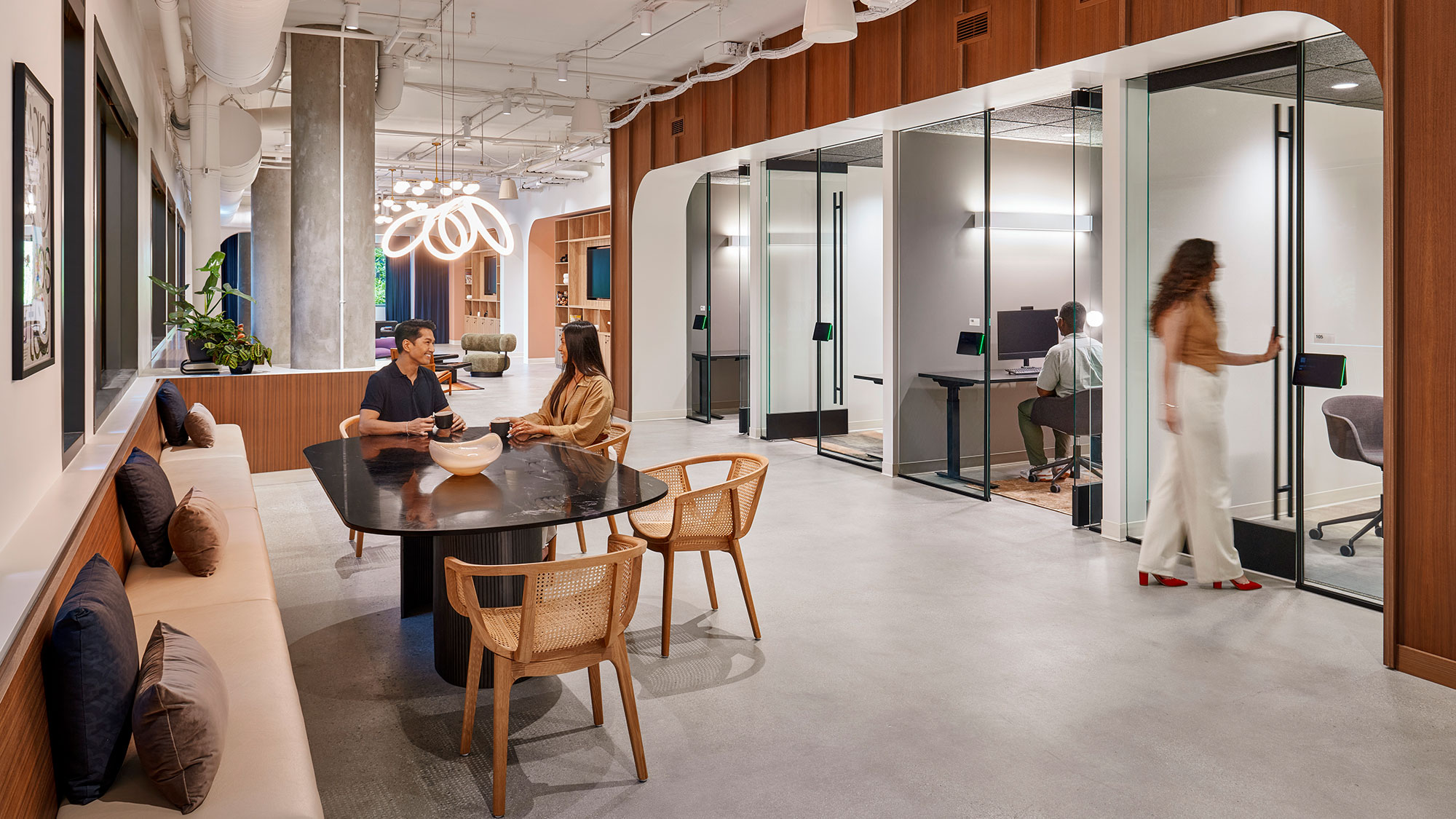
Cities Thrive on Human Connection Too
This shift isn’t confined to workplaces. It’s playing out across entire cities. Gensler’s 2025 City Pulse Survey — with over 33,000 residents across 65 global cities — found that while people often relocate for jobs, infrastructure, and amenities, they stay for something more: how the city makes them feel. Pride in place, cultural identity, and a sense of belonging consistently rank among the top reasons people remain rooted.
Cities that score highest on livability — including Minneapolis, Washington, D.C., and Vancouver — excel not simply because of services, but because residents feel invested in the life of the city. In Minneapolis, 53% of residents report being unlikely to move — one of the highest retention rates in the U.S. In Washington, D.C., 74% are satisfied with their city. And Vancouver leads globally in satisfaction and emotional connection, with 72% satisfied and 49% unlikely to move.
Yet despite this, most real estate models overlook human connection. If emotional satisfaction sustains residents and stabilizes economies, then real estate value must also measure emotional experience, cultural relevance, and community impact alongside location and size.
Design’s Expanding Role in Measuring Value
Momentum is building. Andrea Carter’s 2024 whitepaper, “Belonging: The Next Metric for Corporate Governance,” argues that belonging should be treated with the same rigor as revenue, risk management, or retention. And in civic spaces, the International Journal of Community Well-Being shows that accessible, culturally resonant public spaces improve trust, reduce turnover, and build long-term resilience.
Across industries and geographies, the pattern is clear: spaces that connect people outperform those that don’t. Designing for belonging requires intentionality — moving beyond efficiency and aesthetics to ask: Does this space foster trust? Invite spontaneity? Reflect its users? Feel safe? Encourage participation?
It also means broadening the feedback loop. Metrics should capture lived experience — how people feel, how they interact, what stories unfold — not just occupancy counts. The real question is: do people leave feeling more connected to their work, community, or each other?
Connection by Design: Projects Leading the Way
We are already seeing this philosophy in action. In New York, Gensler’s Pearl House transforms a former office tower into nearly 600 thoughtfully designed apartments with 40,000 square feet of communal amenities — from coworking lounges to a bowling alley — creating opportunities for daily interaction, shared experiences, and belonging in one of the city’s densest commercial districts.
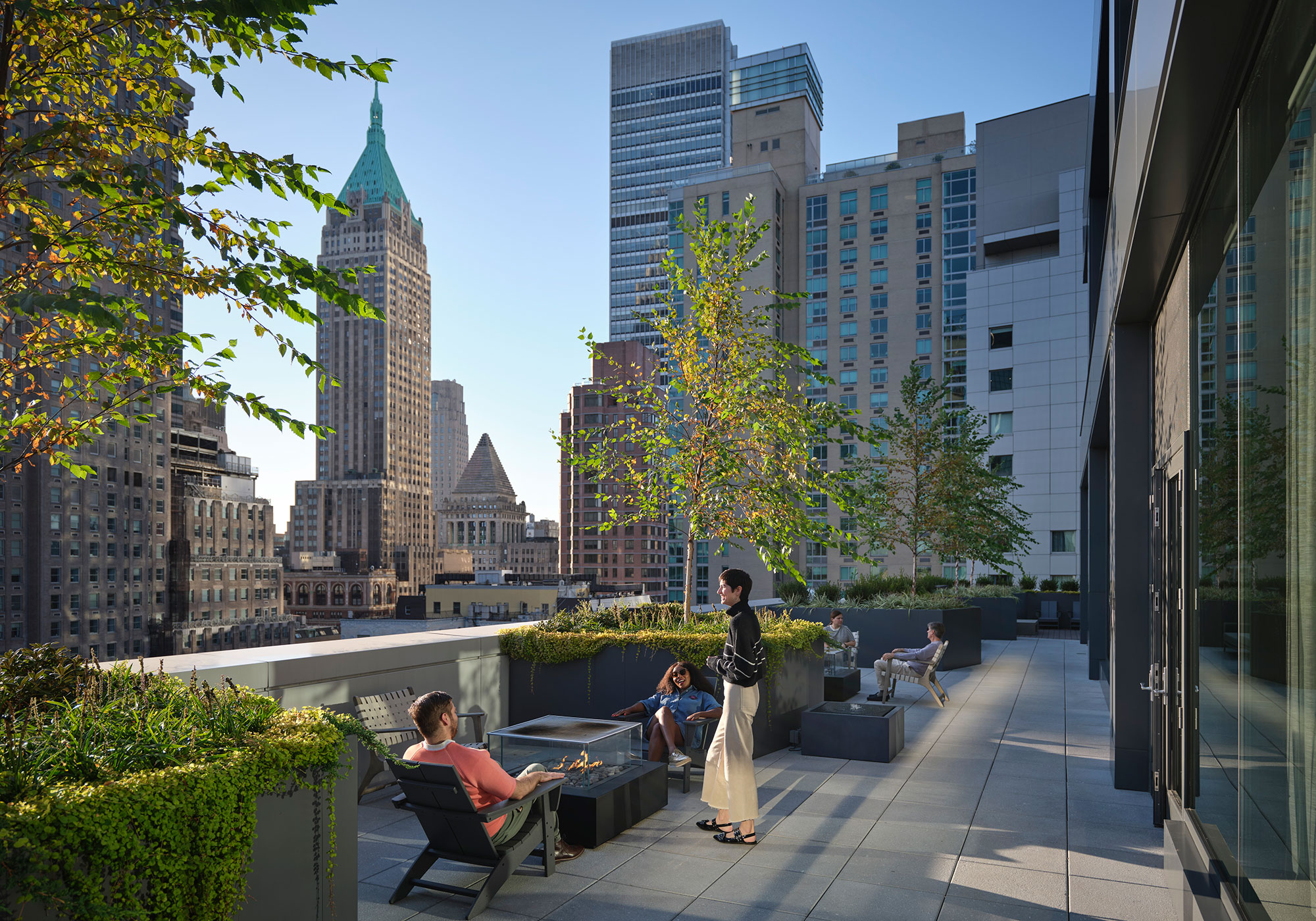
In London, Gensler’s transformation of Edelman’s Francis House brings new life to a historic warehouse, creating a hospitality-driven workplace designed to encourage spontaneous encounters. Eight mezzanine levels, double-height ceilings, and open staircases enhance movement and visibility, while a mix of collaborative zones and quiet areas ensures employees can choose environments that support both work and relationships.
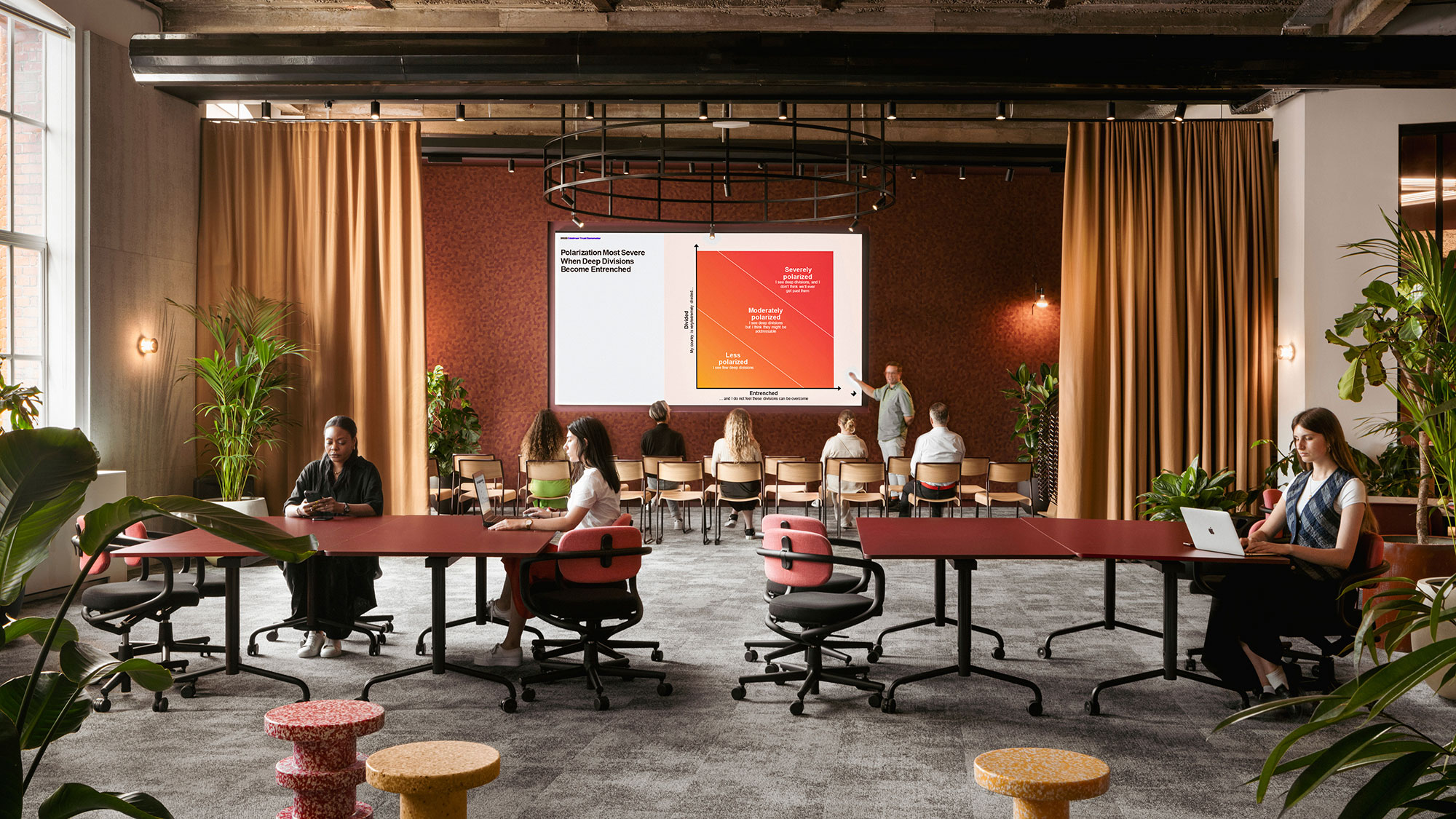
And in Baltimore, Gensler’s Harborplace master plan reconnects neighborhoods to the Inner Harbor with walkable retail, civic plazas, and flexible gathering spaces. It’s more than redevelopment — it’s a reinvestment in public life, rooted in the belief that shared space is essential to urban belonging.
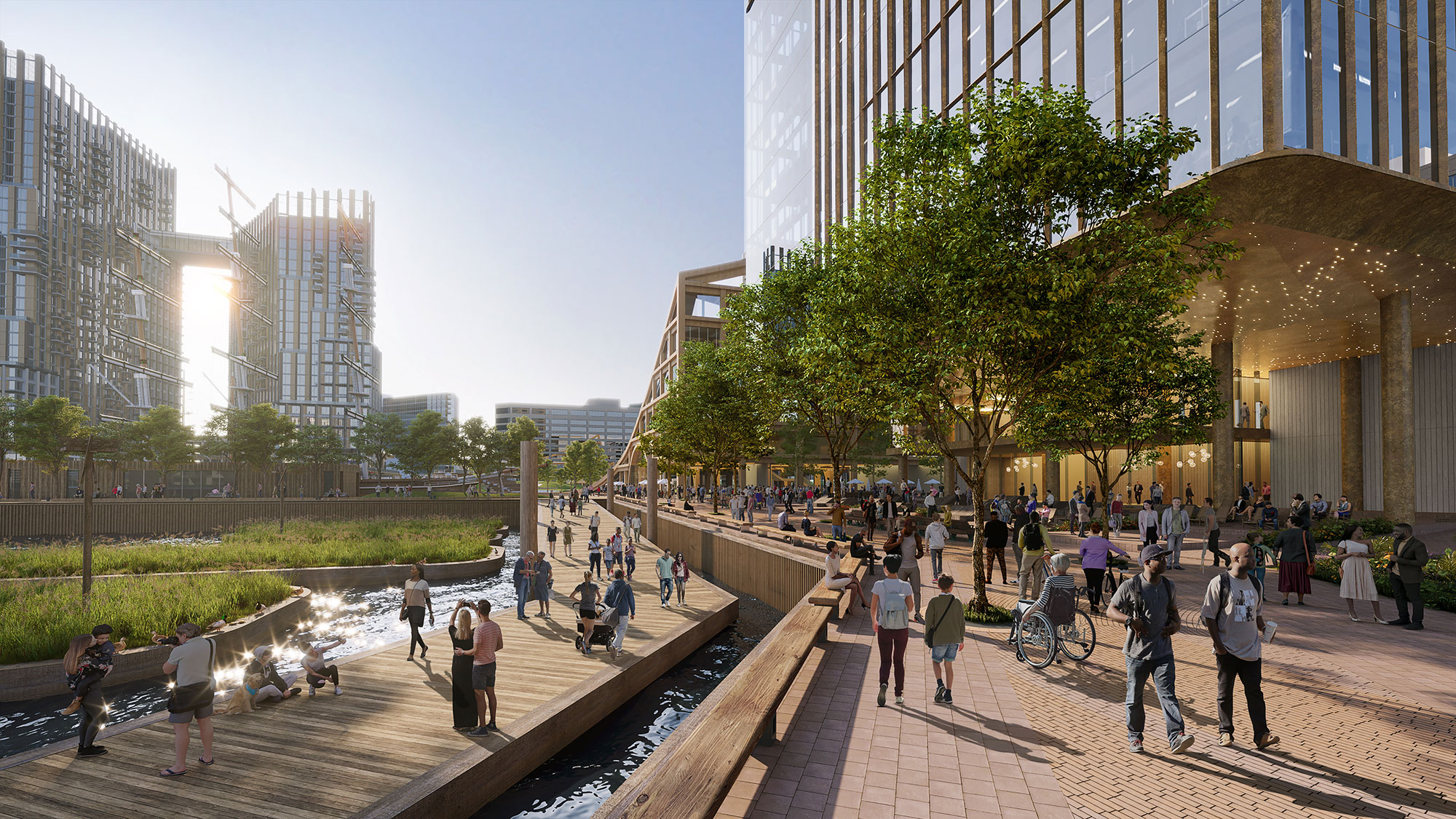
Ultimately, human connection is not an ancillary benefit of real estate — it is the core value proposition. The places that thrive in the years ahead will be those designed to build relationships, inspire belonging, and foster togetherness. In a world increasingly defined by separation, designing for connection isn’t optional. It’s essential.
For media inquiries, email .


